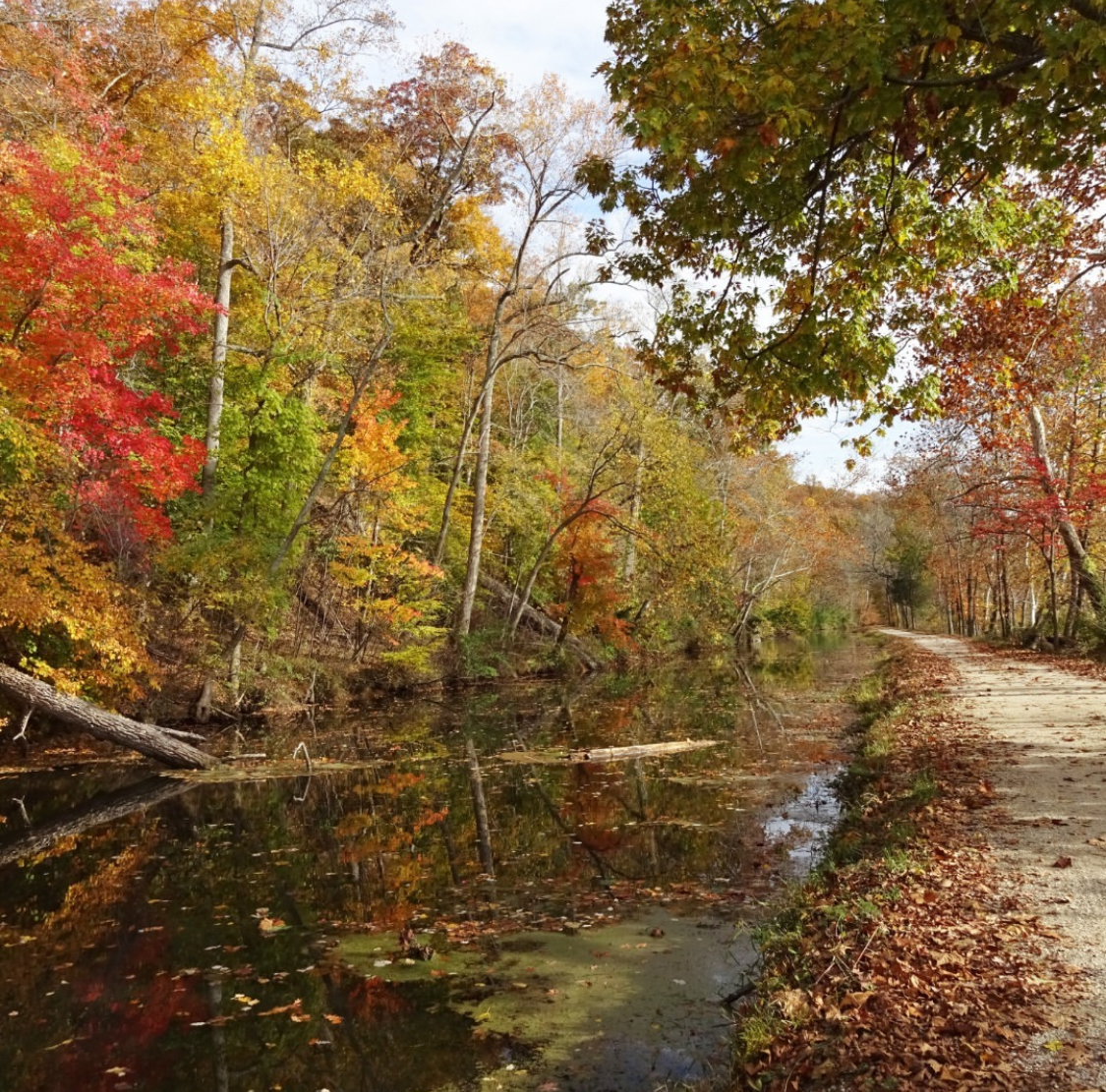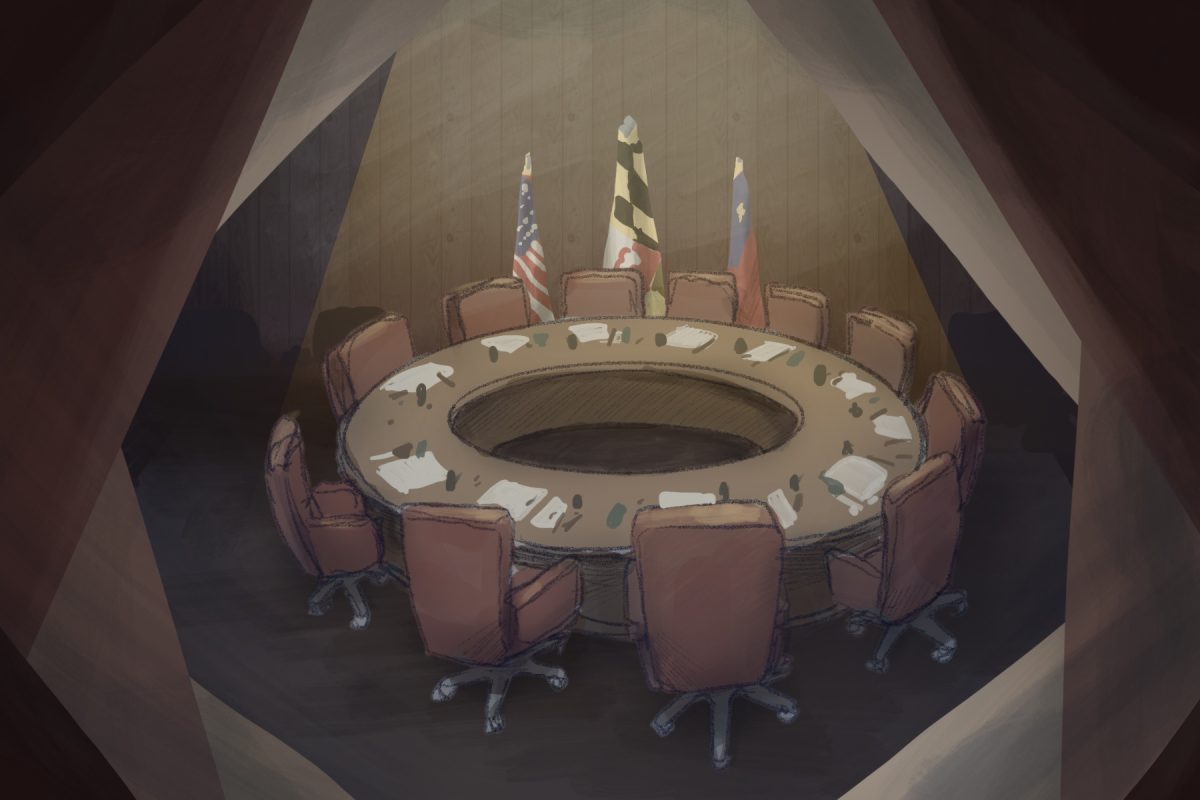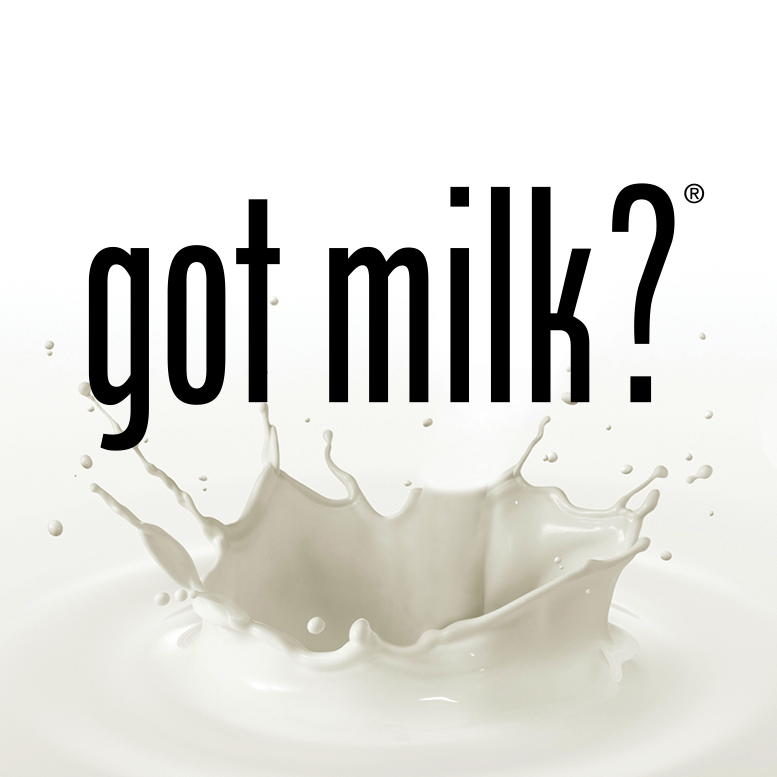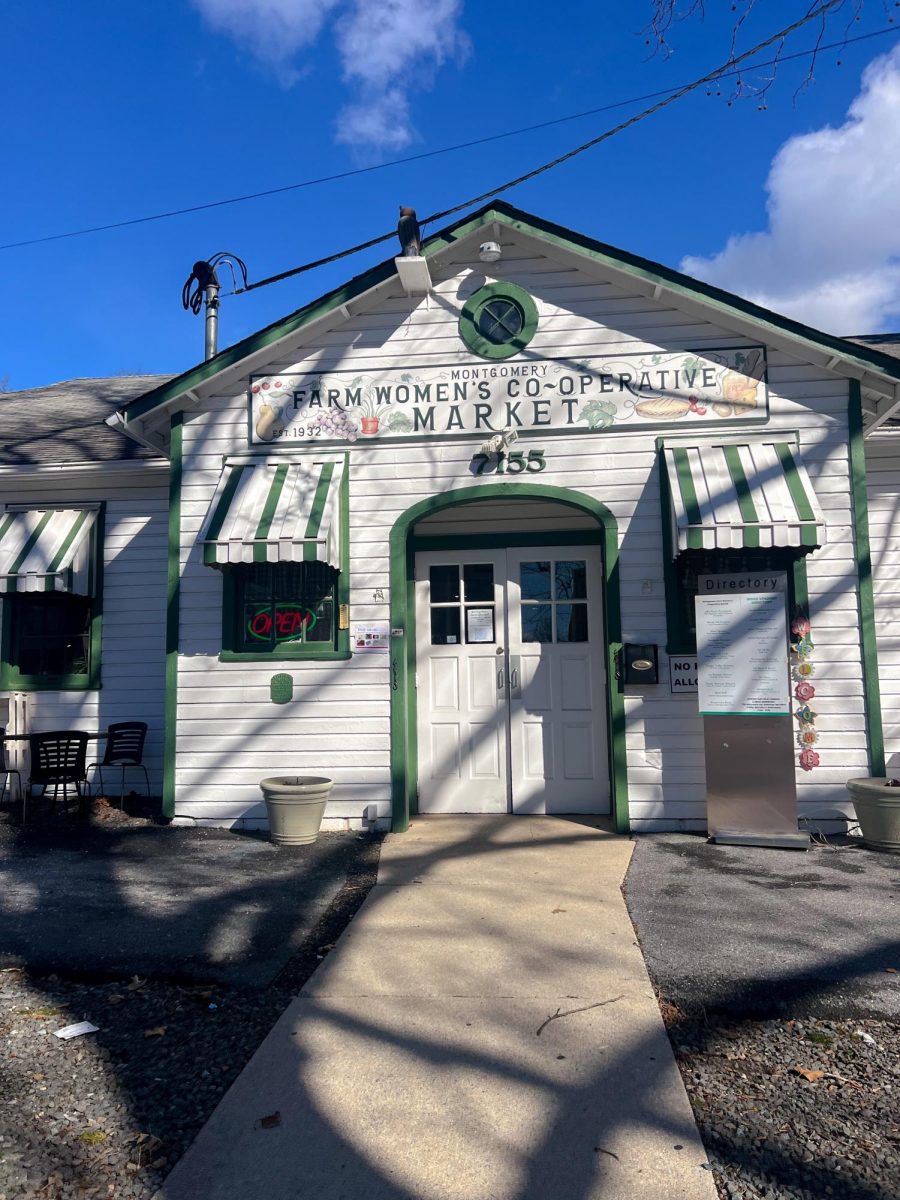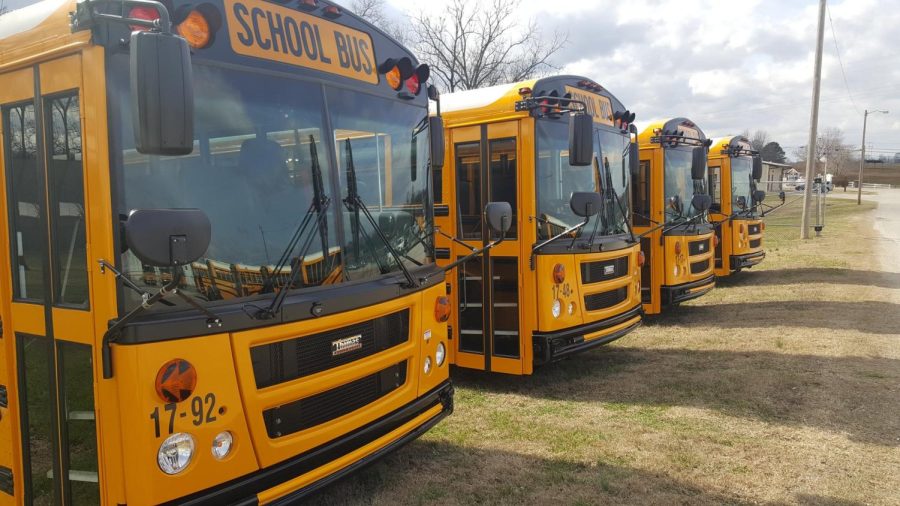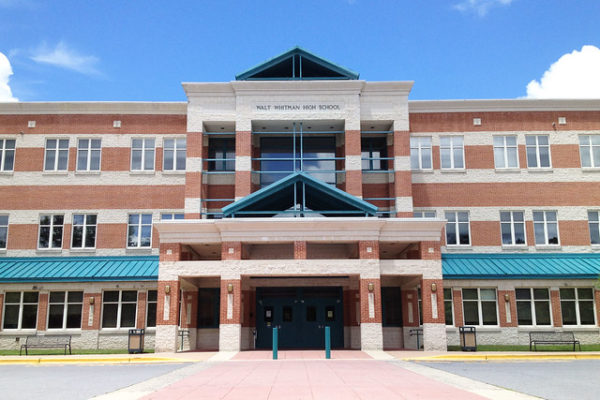Nestled amid the diverse landscapes of the northeast, the Potomac River is celebrated for its natural beauty and rich cultural significance. Flowing through numerous states, including Maryland, Virginia and West Virginia, as well as the nation’s capital, this iconic waterway provides a connection with nature and a lifeline for countless communities. However, beneath its glimmering surface lies a wealth of challenges. Pollution has begun to endanger wildlife and those who rely on the river for quality natural resources. The Potomac River’s cleanliness affects the surrounding environment and the communities it sustains.
The Potomac Conservancy Organization assigned the river a “B” health grade this year after gradual improvement from its “D” grade in 2011. The organization decides the score by judging the water quality threats and other criteria, including pollution, fish, habitat, land and people. While the river has made immense progress due to the efforts of various conservation groups, pollution remains a threat to its health.
There are various issues affecting the river in its three sections — the upper Potomac, lower Potomac and Shenandoah — with many of these issues resulting from the sections’ histories and inhabitants. Much of the damage specific to the lower section of the Potomac stems from urban stormwater pollution, while the upper Potomac has a great deal of legacy damage from past acid mine drainage, mining and coal activity and pollution from the Luke paper mill. Within the Shenandoah section of the Potomac River system, the primary issues include agricultural runoff and waste from poultry operations and cattle farms, which can create algal blooms due to excess nitrogen and phosphorus in the water.
“When the algae die, the bacteria eat all the excess oxygen in the water while decomposing the algae bodies,” said Biology and AP Environmental Science teacher Colleen Roots. “This leads to dead zones [and] eutrophication.”
While issues are specific to various sections, some constants can affect the entire watershed system. One example is the Blue Plains sewage plant, which processes 80% of the sewage throughout the Washington metropolitan area. The plant is constantly overwhelmed with more sewage than it can process, “handling about 250 million gallons a day against a designed capacity of 240 million,” according to the New York Times.
While urban runoff can lead to river damage, a great deal of pollution comes from sources in the private sector.
“[There are] various industries not doing their part to comply with various water quality standards,” said Dean Naujoks, the Potomac River Riverkeeper.
The Environmental Protection Agency established the current iteration of the Clean Water Act in 1972. Under the CWA, the EPA enforces national water quality criteria recommendations and pollution control programs.
Pollution throughout the watershed negatively impacts many animals around and within the river. Contamination strongly affects fish in particular, both directly and indirectly. Urban pollution, such as excess sediment, can impede the growth of underwater vegetation that fish rely on for food, and runoff toxins can lower growth, hatching and survival rates. Warming water temperatures and lowered water levels due to global warming limit the amount of viable living spaces for many native fish, which eventually die out or leave the river as a result.
Within the Potomac’s waters, there are various types of long-lasting, harmful chemicals present, including polychlorinated biphenyls (PCBs), poly-fluoroalkyl substances (PFASs) and Perfluorooctanoic acids (PFOAs). These chemicals negatively affect reproductive systems, immune systems, liver and kidney function. PCBs were banned in 1979 and now only residue remains, but the Environmental Protection Agency loosely regulates PFASs. In 2021, the EPA established two measures to regulate PFOA and PFOS and, in August of this year, set forward its proposals, including repercussions for those who manufacture PFASs or use PFASs in manufacturing processes.
Damage to the Potomac River impacts the animals that live within it, as well as the communities that run along it. Many people depend on the river for their livelihoods and survival, particularly those who use the Potomac as a food source.
“Because of PFAS contamination, there’s basically no freshwater fish that’s safe for fish consumption, particularly on a regular basis,” Naujoks said. “You see a lot of subsistence fishing in low-income communities, so that’s a real concern.”
Everyday citizens also enjoy the Potomac and wish to see it healthy. From hiking along the river to jumping in its waters, the Potomac brings together local communities. Having grown up fishing, swimming and kayaking on the river, junior Charlie Conroy feels strongly about pollution in the river.
“I love the Potomac, it’s my second home,” Conroy said. “Clean up your trash, because otherwise it ends up in the river, and it affects it a lot more than you think.”
These issues are concerning to many residents, so various organizations are working to prevent pollution and protect the people and wildlife that depend on the river. Operations like the Potomac Conservancy Group primarily focus on community and volunteer conservation, as well as policy work.
Another operation in the conservation is the Potomac Riverkeeper Network, which has helped pass legislation to fix Alexandria’s combined sewage system in 2017 and comprehensive coal ash legislation in 2019. The network focuses on legislation and legal action over restoration, a rare exception amongst conservation groups.
“Most groups do either policy work or restoration, but very few actually do the work we do, and I think that’s the most needed to clean up the Potomac River,” Naujoks said. “Not many groups want to get in the trenches with the big polluters and actually hold them accountable, and that’s where our niche is.”
Though there are several ways to protect the river, one effective method is to support conservancy groups dedicated to safeguarding the river’s ecosystem. Individuals can also volunteer their time, donate funds or participate in awareness campaigns and educational programs to help promote the conservation of the river. The Potomac Riverkeeper Network has cleanups, volunteer programs, paddle trips and many other opportunities to engage locals in clean-water issues, Naujoks said.
There are also many easy and individual actions that citizens can take to protect the watershed, Roots said. Reducing water usage, properly disposing of hazardous household materials and waste, limiting the amount of impervious surfaces on properties and limiting the use of fertilizers and pesticides can all help preserve the watershed’s health.
“Our community deserves clean water,” said Roots. “Until we can safely swim, dare I say drink water out of the Potomac, our job is not done.”






